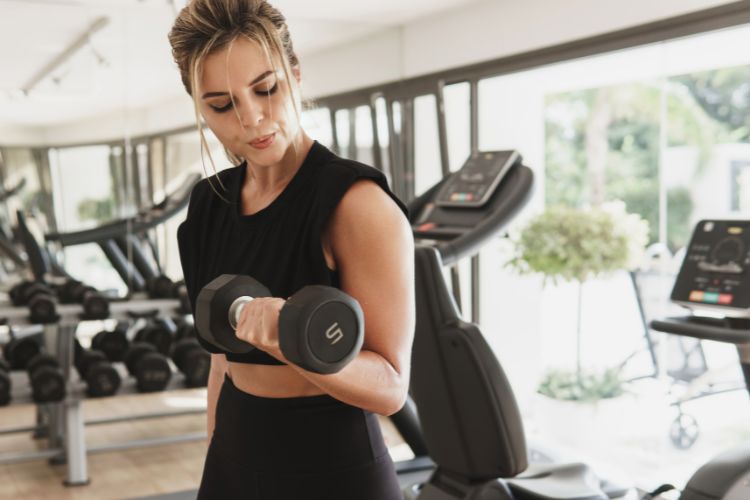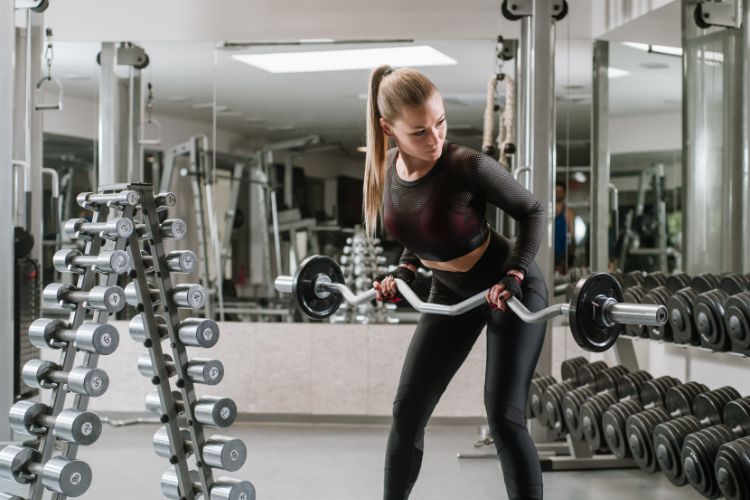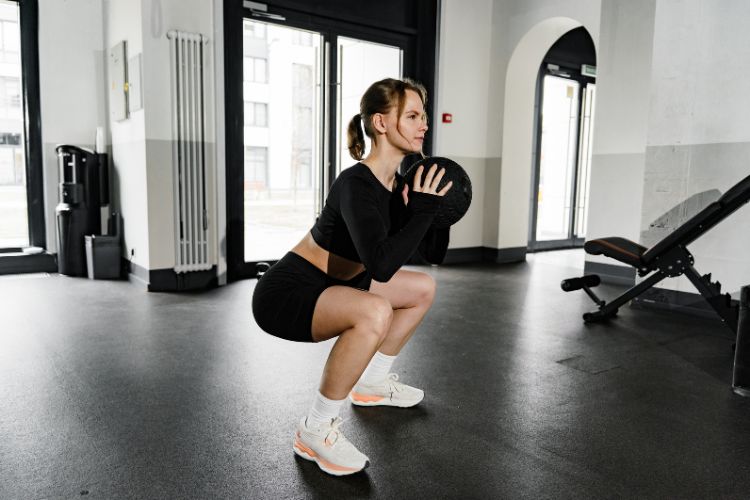Sign up for workout ideas, training advice, reviews of the latest gear and more.






High-Intensity Interval Training, or HIIT, has revolutionized the fitness world. With just 30 minutes of commitment, HIIT workouts can torch calories, build muscle, and elevate cardiovascular endurance. Whether you’re a busy professional, a stay-at-home parent, or someone looking to maximize gym time, 30-minute HIIT workouts provide the perfect balance of intensity and efficiency.
In this guide, you’ll discover the benefits of 30-minute HIIT workouts, how to structure your routine, sample workout plans, and tips for getting the most out of every session.
HIIT is a training technique that alternates between intense bursts of activity and short periods of rest or lower-intensity movement. The idea is to push your heart rate to 80–95% of your maximum effort during the work intervals and allow brief recovery phases. A 30-minute HIIT workout typically includes a warm-up, 20–25 minutes of high-intensity intervals, and a cooldown.
Thirty minutes is long enough to get your heart pumping and muscles burning, but short enough to fit into a busy schedule. Studies show that short, intense workouts can deliver similar or better results than longer steady-state cardio sessions, making 30-minute HIIT sessions incredibly efficient.
HIIT accelerates calorie burn during and after the workout due to Excess Post-Exercise Oxygen Consumption (EPOC). Your body continues to burn calories for hours after finishing a 30-minute HIIT workout, leading to faster fat loss.
HIIT blends cardio and strength training, improving your muscular endurance and cardiovascular capacity. Exercises like jump squats, push-ups, and kettlebell swings activate major muscle groups while keeping your heart rate high.
Many 30-minute HIIT workouts require nothing more than your bodyweight. This makes it perfect for home workouts or while traveling.
If you’re tight on time, a quick 30-minute HIIT session can fit into your lunch break or early morning routine. It’s perfect for those who want results without spending hours at the gym.
A well-balanced HIIT session should include a dynamic warm-up, multiple rounds of high-intensity intervals, and a cooldown.
Prepare your muscles and joints with dynamic stretches and light cardio. Try the following:
Alternate between 30–45 seconds of high effort and 15–30 seconds of rest. You can repeat the full circuit 3–4 times depending on fitness level.
Finish with light jogging in place, deep breathing, and static stretching to prevent soreness and promote flexibility.
This workout targets all major muscle groups while keeping your heart rate elevated.
Workout (Repeat 3 Rounds):
Perfect for when you don’t have access to a gym.
Workout (Repeat 4 Rounds):
Includes compound bodyweight movements that build functional strength.
Workout (3 Rounds):
Tabata involves 20 seconds of work followed by 10 seconds of rest for 8 rounds per movement.
Workout:
It’s easy to let form slip when pushing hard. Prioritize technique to prevent injuries and ensure each rep counts.
Beginners may need longer rest intervals or fewer rounds. Advanced athletes can increase intensity, reps, or reduce rest.
Aim for 3–5 HIIT sessions per week for optimal results. Consistency is key to improved endurance, fat loss, and strength gains.
While HIIT is powerful, balance your routine with low-impact workouts like yoga or strength training to avoid burnout.
HIIT sessions demand energy. Fuel your body with a balanced meal or snack beforehand and hydrate well before, during, and after workouts.
HIIT is suitable for almost anyone, regardless of age or fitness level, with the proper modifications. Beginners can start with lower-intensity intervals and fewer rounds. People with joint issues or heart conditions should consult a doctor before starting HIIT.
Jumping into intense exercises without warming up increases your risk of injury. Always dedicate 5 minutes to warming up.
HIIT is intense by nature. Doing it daily without recovery can lead to burnout or injury. Stick to 3–5 sessions weekly.
Track reps, rest time, and improvements. You’ll be surprised at how much faster and stronger you get over time.
Your muscles need time to repair. Incorporate active recovery days like stretching, walking, or yoga to stay balanced.
| Day | Focus | Workout |
|---|---|---|
| Monday | Full-Body HIIT | Circuit Style (Bodyweight) |
| Tuesday | Core & Cardio | Core-Focused HIIT |
| Wednesday | Rest or Yoga | Active Recovery |
| Thursday | Strength HIIT | Lower Body Emphasis |
| Friday | Tabata | Fat Burner Tabata Rounds |
| Saturday | Full-Body Challenge | Advanced HIIT Mix |
| Sunday | Rest | Light Walk or Stretching |
Absolutely. When done correctly, a 30-minute HIIT workout can be more effective than an hour of moderate exercise. It pushes your body, maximizes calorie burn, and builds strength—all in less time. It’s not just a workout—it’s a lifestyle shift toward smarter, more efficient training.
Whether you’re a beginner looking to shed a few pounds or an athlete wanting to maintain peak conditioning, incorporating 30-minute HIIT workouts into your weekly routine can help you hit your fitness goals faster than ever.
So, lace up your sneakers, set your timer, and get ready to sweat. Your 30-minute transformation starts now!
Stay up to date on the latest women’s health, fitness and lifestyle trends and tips.